__________



manTHISisSERIOUS, 22
Lisbon
Used to think i was straight.
Used to.
But what i realized was that there is nothing that captivates my imagination like the thought of a big bank account.
i have been paid enough times to know i like it.
Looking for a lot before i start my big serious career in the near future.
i am sane enough to know a lot is not a lot to ask.
Guestbook of manTHISisSERIOUS
Conspirator – Jan 11, 2023
I want to fuck you until your head sounds like a rattle.
manTHISisSERIOUS (Owner) – Jan 11, 2023
Who the fuck am i, and you wouldn’t leave me alone, you noisy fagpoo, what do you have to do with what i’m looking for here? Because i’d be a dick and who the fuck, i beat you in the mouth of with a metal bar, and how much i ask for, etc.. it’s none of your business, your problem is that i didn’t suck you 3,000 ft, i understand, you sucker, you’re a dick sucker, you dog, i’m not a sucker, you care about me, you little dog, look for someone you can suck for 3 thousand, leave me alone, or let’s fuck you and your mother too.
noturhusband – Jan 9, 2023
Hello my fellow moneybags!!! With enough money 💰 there’s something very nice.
Body Type Athletic
Ethnicity Latin
Body Hair Smooth
Smoker Yes
Tattoos No
Piercings No
Languages Spanish, English
Position More top
Dick XL – Uncut
Dirty WS only
S&M Soft SM
Fisting No answer
Kissing Consent
Safer Sex Sometimes
Hourly Rate 200€
Overnight Rate 5000€
__________


CutebottomIhope, 20
Kassel
Hey I live in Kassel and after a long losing streak I’m back here for uncomplicated one night stands.
I know it’s not a flea market here, but I am in urgent need of money right now, and I am selling my body and all sorts of stuff.
I did have some toys but used them too much and now I don’t work right, I did have stuff to shock myself but I turned it too high and got messed up.
Guestbook of CutebottomIhope
CutebottomIhope (Owner) – Jan 9, 2023
I really don’t care much about your opinion, that’s why I’m on the internet on a random ass escort website instead of talking to someone I actually give a shit about, and too late anyway the mental hospital dragged me back.
Indeed – Jan 9, 2023
Oh, look, another degenerate attention whore pretending to have “problems” and acting like a giant tool to his clientele while using the excuse “I have mental problems,” as though that absolves them of any guilt.
CutebottomIhope (Owner) – Jan 9, 2023
I haven’t been on here in about 6 months but I have made some major realizations. The most important of which is that I have a relatively fucked up brain. Second of which is that life is really not enjoyable unless I’m high, drunk, or getting fucked. I recently was discharged from the mental hospital and I am now worse off that I was before I went in. I am currently doing SI more than ever. I’ve been binge drinking and doing lots of amphetamines and perscription drugs. Ive been more depressed than ever and my sex addiction is getting worse. My question is do you think I need to go back to the hospital and try to work out some of my mental problems?
Love-the-beach – June 16, 2022
I just want to say that the fact there are toilet paper rolls visible in both of his pictures is not a coincidence.
eyeroll – June 8, 2022
Swedish beanpole, so fucked up he could barely mumble, so messed up on the hotel bed, was extremely awesome!
Body Type Slim
Ethnicity White
Body Hair Not very hairy
Smoker Yes
Tattoos No
Piercings Yes
Languages Swedish, German, English
Position Bottom only
Dick M – Uncut
Dirty Yes
S&M Yes
Fisting Passive
Kissing Yes
Safer Sex Never
Hourly Rate 50€
Overnight Rate 80€
_____________
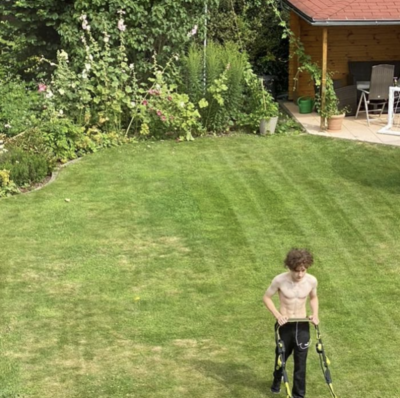


Puddle, 19
Coventry
Suave, sexy & mature daddy-fister/top (mid 50s), and his young, cute greedy-arsed boy (19) seek reliable Midlands based paying fisting tops to keep boy occupied with group assaults on his hole once or twice a week when daddy is away.
Reliable, experienced and generous fisters only who are genuinely up for very regular exploring this VERY experienced young pig.
Oh, and by the way, we’re both a bit crazy in the head, you should realize that beforehand.
Guestbook of Puddle
Searchingforit – Jan 2, 2023
honestly, he’s so loose that you’d have to be massive hung and thick to even feel it. I ended up just jerking off inside him.
BiRedhead – Jan 2, 2023
Possible to eschew the fisting and just fuck him?
akitv-do-wickede – Dec 31, 2022
Quite a crazy crevice for a torrid trash plan.
rogeroverandout – Dec 29, 2022
When I showed up he was lying naked on his stomach watching the Godfather marathon on TV. I was horny, so I lubed up my hand and just kind of slid it up his ass. At this point he felt what was happening, so he helped me by raising his ass up. Fisted him deep for a while, paused to lick and suck his prolapse, then finally finished off fucking and him and giving him my load while some Godfather II shit was going on in the background. I didn’t care, but I guess he’s Italian and loves those movies.
Body Type Slim
Ethnicity Mixed
Body Hair Shaved
Smoker Yes
Tattoos Yes
Piercings No
Languages English
Position Bottom only
Dick M – Uncut
Dirty Yes
S&M Yes
Fisting Passive
Kissing Consent
Safer Sex Sometimes
Hourly Rate 20£
Overnight Rate 30£
____________

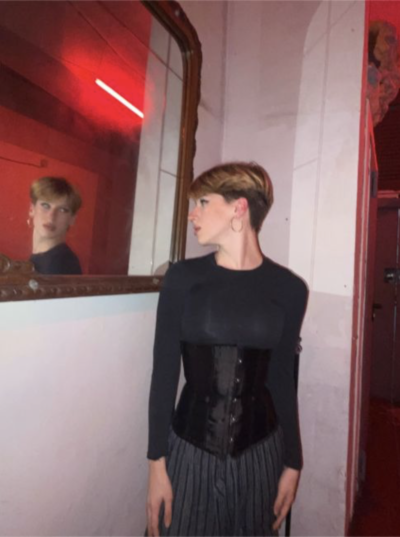
uglyjames, 18
Madrid
From here on no freebies
For Hire
DM to avail TG channel
I have much to rent
Stfu if you know me!
Guestbook of uglyjames
HurricaneMEGA – Jan 7, 2023
I recommend fucking him with your eyes closed.
uglyjames (Owner) – Jan 5, 2023
I’m still pretty new to this, but I have discovered I’m a kitty.
thanksimfine – Jan 3, 2023
He speaks Spanish and English and Italian and he’s learning German and Ukrainian. If he’s awkward at first I promise it’ll turn torrid very quickly. Um … what else should I put here … He likes trying new things (especially if his ass is involved) … and you’ll like his nipples. And he’ll hug you … a lot.
Body Type Slim
Ethnicity Latin
Body Hair Smooth
Smoker No
Tattoos No
Piercings No
Languages Spanish, English
Position More bottom
Dick S – Uncut
Dirty WS only
S&M Soft SM
Fisting No answer
Kissing Yes
Safer Sex Sometimes
Hourly Rate 200€
Overnight Rate 5000€
___________


NoSnowFlake, 22
Glasgow
Im open minded and im usually upbeat and can sometimes have fun hyper outburst of randomness but i certainly dont take life too serious and if can and prefer to find me a sugar D 😉 😉 then me will certainly change your world for the more fun part. I stand by everyone tha agrees that “We only live once”.
You can use my hole as u want to use me up stretch me or bring even if just m8s im all yours can even get any m8s over too e.g can be for their bdays or just general gift to them or if ur m8s into exploring a hole etc.
My ass control is amazing to go as big and deep as u like.
If ur cock is under 8inches Im sorry but I will not be overly enthusiastic.
Quite busy filming porn at the moment but i can free my hole up for the right price.
Guestbook of NoSnowFlake
amnesie – Jan 4, 2023
I need to talk to you and be your boyfriend.
kingofgodzilla – Jan 4, 2023
My cock is 19 cm asleep, when I wake up it’s 24 cm, it leaves a perfect mess.
MattDusk – Jan 3, 2023
If you can give me a massage, please let me know. I think I would like one.
whatucharging – Jan 3, 2023
He does a lot but the only thing he seems to really like to do is lick your cock after it’s been in his ass.
Body Type Athletic
Ethnicity White
Body Hair Shaved
Smoker No
Tattoos Yes
Piercings Yes
Languages English
Position Versatile
Dick L – Uncut
Dirty WS only
S&M No
Fisting Active/Passive
Kissing Yes
Safer Sex Sometimes
Hourly Rate 50£
Overnight Rate 100£
____________



needmoneyduh, 19
Brussels
Friendly Brussels-based model cute twink feeder here who can turn men from all ages into a real toilet.
👀🧻🚽💩 Whether you’re just a beginner tempted to play the role of toilet paper or a guy who occasionally likes a dump taken in his mouth without swallowing or a very experienced eater or you’re looking to be forced to swallow as “punishment”, your mouth will be greeted with the same interest.
🧠💬😈 I am rather the cerebral type, that’s why I conceive of scat as a game that privileges the mind. I can therefore motivate you to overcome certain psychological barriers that I know well from my experience. The key word being: PROGRESSIVE PLEASURE. I like to be considerate while being insistent so that you fulfil your role as a toilet.
Always a good big production of two days for a slow feeding so that you enjoy it as much as possible. 😛
🍆💩 And if you’re excited about fucking a cute twink with a full ass, I’m your boy too.
💶 Rate: Flat rate of 250 EUR for a meeting of about 2 hours.
Guestbook of needmoneyduh
DadLikeTim – Jan 9, 2023
Try it to get boy.
needmoneyduh (Owner) – Jan 5, 2023
I sell my photos and videos, there are videos where I’m feeding, there are videos where I’m dirty fucked, there’s even a video where I suck.
NothingElseMatter – Jan 4, 2023
He looks like a cute boy next door twink but he’s an extremely different person once he’s shitting in your mouth. Oh yes! And I also changed into a complete dirty talking shit swallowing slut, OMFG!
Body Type Slim
Ethnicity Mixed
Body Hair Little hair
Smoker Yes
Tattoos No
Piercings No
Languages French, English
Position More top
Dick M – Uncut
Dirty Yes
S&M Yes
Fisting Active
Kissing No
Safer Sex Let’s talk
Hourly Rate 250€
Overnight Rate On request
___________

blondeambition, 20
London
I’m on here looking for guys to join me for a raucous orgy at 150 £ per guy. Because of a lack of daytime opportunities I am considering organising my own daytime event in the basement of a well known London gay bar.
The Central Station Bar
37 Wharfdale Road
Kings Cross N1 9SD
Guestbook of blondeambition
blondeambition (Owner) – Dec 25, 2022
Yes I am a million billion percent interested.
Snoop – Dec 25, 2022
I am looking for a cute boy (hopefully you) who is extremely kinky, dirty and perverted to use as a complete sex crazed non-stop boytoy slut. I have an extremely high sex drive and can cum multiple times and keep going ad infinitum. I want my life to revolve around nothing but sex and using a boy sexually every second every night and every day. If you are interested in fulfilling this role in return for being housed and fed the position is yours.
springforce – Dec 23, 2022
hey I’ve wanted to fuck you for years and I just fucked you and this is crazy!!
gangbang6 – Dec 21, 2022
He is the best fuck pig I know! He makes me shoot like a teenager. I do everything to fuck him! He’s a really horny sow with sexy ass goo who doesn’t even care about school. BOOK HIM.
justdoitnowforsure – Dec 16, 2022
If it matters there are about a billion videos online of this guy getting his brains scrambled with chems while getting pounded and bred.
Body Type Slim
Ethnicity White
Body Hair Shaved
Smoker No
Tattoos No
Piercings No
Languages English
Position Bottom only
Dick M – Cut
Dirty WS only
S&M Yes
Fisting Passive
Kissing Yes
Safer Sex Never
Hourly Rate 150£
Overnight Rate 800£
___________



CO-OWNATWINKFARM, 20
Grand Rapids
I AM LOOKING FOR ANOTHER CO-OWNER TO HELP ME WITH MY TWINKS. I CURRENTLY HAVE 19 TWINKS AND 8 CO-OWNERS AND LIVE IN COUNTRY setting
I (Jim) am 51. 5’11” 205 lbs. hairy and love living the naked life. My first co-owner is 45, 5’10, 150 lbs, very hairy. Third co-owner is Chuck. He is 59, 6′, 175 lbs, smooth but hung like horse. The 4th co-owner is Nick. He is 38, 140 lbs and 5′ 10. The newest co-owener is Shaun. Then 2 guys became co-owners and brought their 2 sons, twins. Then there is a twink who moved up to becoming a co-owner. And last co-owner is Jeremy, who is 42. Want a total of 13 co-owners and 20 twinks, so getting close..
The new co-owner will have equal control with us over all the twinks. Am willing to take a new co-owner who is female as long as she brings sufficient finances to the venture. He or she will move in with us at our isolated farm and we will develop the twink farm together. My 17 current twinks are aged, 18, 19, 18, 19, 20, 22, 23, 24, 19, 21, 19, 23, 18, 25, 19, 24, 19. The 20 year old twink is in the profile pic.
ALSO LOOKING FOR OTHER TWINKS. This is an ideal situation for someone who is looking for a multi twink household and live in a remote place where you can be naked inside and outside. Message me if have interest. Only 3 more twinks and we will no longer have space, so you need to move quickly.
The new co-owner should be highly sexed, std free, very into twinks with few if any limits or at least willing to try most anything. He will need to be able to relocate to my farm asap.
What do the twinks do? They work on the farm 40 hours a week cooking, cleaning, planting crops, weeding, freezing and canning. (We grow most of our food). In addition twinks work at cutting down trees, sawing wood for firewood, and splitting it. Rough work, but twinks are able to wear boots and protective gear, but their asses are always available. Of course lots of chores on the farm to do.
This year we just completed a new building for the co-owners’ lodging. Every co-owner will have their private room. There will be an new dining hall and twinks will now sleep in the new building. The old barn is purely a sex dungeon now. Twinks were involved in the construction. It will be supervised by a gay contractor friend of mine and he will use the twins however he wants in compensation.
Twinks work 8-5 most days, but evenings and weekends are reserved for the sex dungeon (a large barn where slaves sleep and is heated by wood in winter). It is a very well equipped dungeon. Twinks get fucked at least once a day, usually a whole lot more.
So you can see there is work, but also lots of fucking sex constantly. Twinks eat a healthy diet, but not at the table. Only co-owners eat there.
Ask any questions, but if u r a good looking twink, you will not find a better situation to live the naked life and have all the sex your co-owners want for you. So message me and let’s get started.
Guestbook of CO-OWNATWINKFARM
Barber – Jan 12, 2023
I’m a retired military barber. I noticed that pictured boy has some hair on his body. Looking to give him a haircut and or shave, not limited to what is growing on the head. If it is hair, it was meant to be cut and or shaved. I don’t care where it is growing on the body.

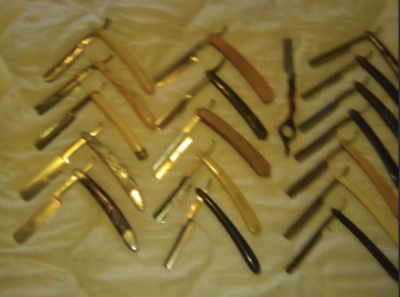
Body Type Athletic
Ethnicity Latin
Body Hair Not very hairy
Smoker No
Tattoos No
Piercings No
Languages English, Spanish
Position Bottom only
Dick L – Uncut
Dirty Yes
S&M Yes
Fisting Passive
Kissing Yes
Safer Sex Never
Hourly Rate On request
Overnight Rate On request
__________


CokeWhore, 19
Coventry
Hi. I’m Archi. I’m from Ecuador. I am someone with an intellectual disability. I was in a car accident when I was two years old. Please do not judge me too harshly when you first DM me! I am looking for a someone to help me pay my rent which is £7000 and is due today please help. I also have a younger brother who is with me here in England. He’s straight but accepting of what our situation needs from him, so it would be ok if someone would also like to have him too. I don’t have a visa and neither does he. We have been here illegally for 2 years.
Guestbook of CokeWhore
CokeWhore (Owner) – Jan 1, 2023
My brother and I are ok now.
We are owned by Sayidi Hamza.
My surname is now : مراد عبد الاحد
As previous Catholics we embrace Allah and serve God and Sayidi.
Now we wear Kaftan robes.
sprayme90 – Dec 21, 2022
Interested in having a long, deep conversation with you and your brother. Who knows where that will take us.
Body Type Average
Ethnicity Latin
Body Hair Not very hairy
Smoker Yes
Tattoos A few
Piercings No
Languages Spanish, English
Position Versatile
Dick M – Uncut
Dirty No answer
S&M No answer
Fisting No answer
Kissing Yes
Safer Sex Let’s talk
Hourly Rate 7000£
Overnight Rate 7000£
___________


WildAssBoy, 19
Hamburg
I have the best ass you’ll ever see.
Fill it with cum for 50€ per half hour.
Guestbook of WildAssBoy
Anonymous – Jan 9, 2023
Go back to your country and ask for this kind of money!! They will hang you alive!!
ItsAllBulshit – Jan 8, 2023
My name is Ferndando. You make me so horny! What are your greatest desires? What upsets you? I want to give you the best sex of your life!
nicotine04 – Jan 6, 2023
I’d say he’s about 90% submissive vapid airhead. This does leave a small chance that he might say something interesting but it’s a rare occasion.
trek – Jan 6, 2023
Your face is very cute. It’s just like the face that I was looking for all my life, and never found. I’m sorry the universe put us continents apart.
Body Type Slim
Ethnicity Arab
Body Hair Smooth
Smoker Yes
Tattoos Yes
Piercings Yes
Languages Dari, Pashto, English
Position Bottom only
Dick S – Uncut
Dirty WS only
S&M Yes
Fisting Passive
Kissing Yes
Safer Sex Rarely
Hourly Rate 100€
Overnight Rate 500€
____________



DrBottle, 19
Raudondvaris
cute materialistic alcoholic bottom into gross men 🥰
be ugly and unclean and full of weird kinks and mean things you want to do to someone.
with alcohol intoxication i go from a normal G rated teen to craving to be covered in spit and items shoved inside me within a few minutes.
ideally i’ll be embarrassed to be seen leaving after our date, falling down drunk and covered in cum and spit and worse.
set a price, get drunk with me, then make me do something i’ll regret 💕
not sure where we can meet but definitely not my house.
Guestbook of DrBottle
Neone – Jan 10, 2023
Higher the amount, bloomier the bed.
DrBottle (Owner) – Jan 5, 2023
i have met a few men from here over the years but i also sadly played them in my earlier days but i hope to be given another chance.
i was still embarrassed of being a whore and i was scared to be used by men but alcohol changed all that.
it started with a forced alcohol intox date where i was turned into a drunken piggy who spun a game roulette wheel and did everything it said from singing songs to very heavy raunch, etc.
Body Type Slim
Ethnicity White
Body Hair Smooth
Smoker Yes
Tattoos No
Piercings No
Languages Lithuanian, English
Position More bottom
Dick M – Cut
Dirty Yes
S&M Yes
Fisting Active/Passive
Kissing No
Safer Sex Never
Hourly Rate 150€
Overnight Rate 1000€
_____________

SignOfHell, 18
Oradea
Passive/Bottom HIV (positive) UNDETECTABLE abrosexual with no place to do it.
Guestbook of SignOfHell
betterthanhim – Jan 2, 2023
Normal sex with him is good, but weird is fantastic.
SignOfHell (Owner) – Dec 29, 2022
I just drift about leaving chaos in my wake. I’m like marmite pants.
Unwritten – Dec 29, 2022
Don’t be fooled by his photo, he’s as baby faced as a 12 year-old. He slowly undressed out of his costume while telling me about his ass. Then he exposed it and thrust it at my camera. Just wait till you see him arch his back! He even read me some of his poetry.
Body Type Slim
Ethnicity White
Body Hair Very little hair
Smoker Yes
Tattoos Yes
Piercings Yes
Languages Romanian, English
Position Bottom only
Dick L – Uncut
Dirty WS only
S&M Soft SM
Fisting Passive
Kissing Yes
Safer Sex Rarely
Hourly Rate 250€
Overnight Rate 800€
_____________

poundmyboy, 18
Rhodes
I’m white aussie (43) who loves seeing my smooth Asian teen bf fucked by other men.
He’s short and very cute and very eager to please.
Can consider up 2/3 guys that would like to share him.
I will watch and kiss him while you’re doing him.
All Asian boys need it rough, so a little of it, it’s ok.
Use him without going through the blah blah…
I love using your cum as lube to fuck him once you’re done.
This is how to interpret him:
‘Please, a break’ = fuck harder, slap my ass
‘It hurts, stop’ = don’t stop, break my pussy
Pleeeeaase…. = yeeessss
I’m begging… = not enough tears
He knows that he shouldn’t cum without doing it in my mouth – teach your Asians well – all about the mind.
UPDATE: He has braces now! – He uses rubber bands that doesn’t let him open the mouth at night. But, if you want, I can put them on before the meeting, it sounds so nice when the bitch tries to moan or talk with them…
Guestbook of poundmyboy
LordWalter – Jan 3, 2023
Call me LordWalter

LordWalter – Jan 3, 2023
I would like your bf to be a cow that way he can moo while fucked I am 41 and getting older looking for cows to share some fun as life so short
Body Type Slim
Ethnicity Asian
Body Hair Smooth
Smoker No
Tattoos No
Piercings No
Languages Japanese, English
Position Bottom only
Dick S – Uncut
Dirty WS only
S&M Soft SM
Fisting Passive
Kissing No
Safer Sex Sometimes
Hourly Rate 200$
Overnight Rate 1000$
_____________




AndreLucas, 25
Prague
Former East Boys twink model now offering meets and greets.
Guestbook of AndreLucas
SoggyPotato – Jan 8, 2023
I would like to teach you to ski.
AndreLucas (Owner) – Jan 2, 2023
I don’t know how to form emotional connections with other human beings but if that’s what you want I know how to fake it.
Millionlittlereasons – Dec 29, 2022
It has to be done! 2023 has to be the year I fuck Andre Lucas so all advice welcome.
Yeah_sure – Dec 21, 2022
Andre has visibly hit some hard times (drugs, my guess) since his days letting disembodied hands jack him off on camera. He’s thinner and rather sepulchral (though still pretty) and has at least a dozen tattoos, many of them large and stupid and in places you’ll wish they weren’t.
AndreLucas (Owner) – Dec 14, 2022
Sure. I have been turning men into cash pigs for 2 years now and have drained them for €1000’s and don’t think I’ll ever get bored of it.
Alexandrup – Dec 14, 2022
I’m a pretty straight forward guy. I’m really into your ass and I want to worship it.
Body Type Slim
Ethnicity White
Body Hair Not very hairy
Smoker Yes
Tattoos Yes
Piercings No
Languages Czech, English
Position More top
Dick L – Uncut
Dirty NO
S&M Soft SM
Fisting Active/Passive
Kissing Yes
Safer Sex Let’s talk
Hourly Rate 300€
Overnight Rate 1000€
_____________

boredlikeastone, 18
Helsinki
I have no plans for this weekend.
Guestbook of boredlikeastone
boredlikeastone (Owner) – Jan 7, 2023
I have plans except for Sunday 10 am to 3 pm this weekend.
Phil54240 – Jan 7, 2023
Exploring him rn
boredlikeastone (Owner) – Jan 6, 2023
I’m looking for someone lonely.
Body Type Average
Ethnicity White
Body Hair Smooth
Smoker No
Tattoos No
Piercings No
Languages Finnish, English
Position More bottom
Dick S – Cut
Dirty No
S&M No
Fisting No
Kissing Consent
Safer Sex Sometimes
Hourly Rate 50€
Overnight Rate On request
_____________


AlwaysReady, 24
Autonomous City of Buenos Aire
First of all, I’m not going to anyone’s house or anything! I give you my ass in my car. Car can be parked anywhere in Buenos Aires during the week or at the weekend. Even if I can’t stand your dick, you have my permission to ram me until you cum. I’m not a nice person but VERY accessible (tell me if you understood that when you write to me).
Guestbook of AlwaysReady
AlwaysReady (Owner) – Jan 7, 2023
Maybe I should say that despite appearances I have multiple high grades in the arts to which I contribute with lectures, submitting art to galleries and I’m currently writing a book on the subject!
Dante – Jan 7, 2023
He has decorated his car like a palace and being in his car is an expierence in itself.,, a true wonderland of adult entertainment.
Hardey – Jan 2, 2023
I am very interested in knowing about your past, not to hold it against you, conversely, for me to use this knowledge to learn how to love you.
Body Type Slim
Ethnicity Latin
Body Hair Shaved
Smoker Yes
Tattoos No
Piercings Yes
Languages Spanish, English
Position More bottom
Dick L – Uncut
Dirty No
S&M Soft SM
Fisting Passive
Kissing Yes
Safer Sex Rarely
Hourly Rate 70$
Overnight Rate 250$
_____________
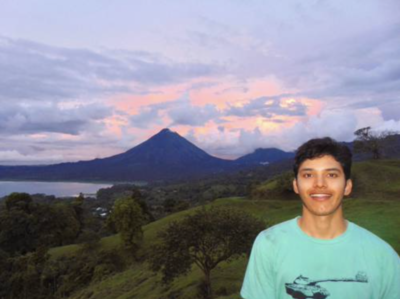


Luisfer, 23
Castilla y León
straight but from time to time i get sick when i smoke some rock and a guy makes me eat a dick mouth to the butt
i also eat feet sometimes if theres enough rock
gotta pay for me unless you hot take ur chance
Guestbook of Luisfer
DiscreetFantasy – Jan 11, 2023
he loves lana del rey and getting kissed on the forehead
mentallydrained – Jan 10, 2023
The sex was unobtrusive, but it can’t be completed without giving you a thumbs up.
muscleuse – Jan 9, 2023
I had to fuck Luisfer while my boyfriend watched on cam. He makes the rules.
Luisfer (Owner) – Jan 9, 2023
i am married but wife is completely fine with it and finds it all kinds of sexy
Body Type Average
Ethnicity Latin
Body Hair Some
Smoker No
Tattoos No
Piercings No
Languages Spanish, English
Position Versatile
Dick L – Uncut
Dirty WS only
S&M No
Fisting No
Kissing Consent
Safer Sex Sometimes
Hourly Rate 200€
Overnight Rate 800€
_____________


lucas_pill, 18
Praha
find out why i call myself lucas pill
Guestbook of lucas_pill
lucas_pill (Owner) – Jan 4, 2023
when you walk in the room you’ll be walking into the doors of heaven, or maybe hell!!
obeisance – Jan 4, 2023
I would love for you to get in my head.
lucas_pill (Owner) – Jan 4, 2023
my face is my poetry / my body is my legacy
Body Type Average
Ethnicity White
Body Hair Not very hairy
Smoker Yes
Tattoos Yes
Piercings Yes
Languages Czech, English
Position Prefer not to say
Dick M – Uncut
Dirty No answer
S&M No answer
Fisting No answer
Kissing Consent
Safer Sex Let’s talk
Hourly Rate 80€
Overnight Rate 300€
*
p.s. Hey. So, tomorrow I’m traveling to Southern California where I’ll be continuing the preproduction work for Zac Farley’s and my new film ‘Room Temperature’ for 3 1/2 weeks. While there, I’m going to be really busy and mobile, so I’ll only be able to post and talk with commenters once a week, on Saturdays. I apologise for that, but it really can’t be helped. So please continue talking with me as you like, just with a lengthier than usual delay in my response. I’ll start posting and interacting daily again on Friday, February 11th. Thank you a lot for your patience and understanding. ** CAUTIVOS, Hi. Well, quite a few of those disaster movies were also box office disasters, coincidentally. My worst movies … maybe, yeah. It wouldn’t things like ‘Trolls 2’. which I had fun with, but more like ‘arty’ bullshit movies, in my opinion, like ‘The Lighthouse’ or ‘Neon Demon’ or whatever. Those are the ones that make me want to throw things at the screen. I usually try to avoid doing ‘worst’ things posts mostly because I kind of hate arguing. To each their own and all of that. But I will think about it. Thank you for the suggestion. Best from Paris! ** Montse, Hi, Montse! First, thank you again so much for that email and its gifts! I really look forward to the point where getting ready for the film becomes exciting, and it will, but we’re still in the stressy part of securing money and trying to find people to work with and stuff, but we hopefully we will be beyond that phase soon. So good to get to see you before I take off into the distant workload. Take care, pal, and talk with you soon, I hope. ** Misanthrope, There’s probably an escort up there who would’ve happily held a little cup under your nostrils. Sleep is the best. I’ll be chasing it and fighting it off like crazy starting for a while tomorrow night. Have a fine week, sir. ** Dominik, Hi!!! You could have worse weekends. Maybe. Yes, having to house everyone out in the desert is one of the big costs that’s causing us a bunch of trouble, but there’s no choice since asking people to drive 2 1/2 hours to the set every morning on the very modest fees we will be paying them is not exactly going to work, ha ha. Despite your love’s best intentions — thank you! — it was very, very awkward with the woman and I will be very, very, very surprised if she gives us any money. Love’s simple duty is to make the week ahead the funnest week of your entire life, and he and I look forward to hearing about and it sharing info on our own week next Saturday, G. ** David Ehrenstein, Hm, I don’t I have a favorite strangely. Think I’m a glutton for their particular type of punishment and like them all. ** _Black_Acrylic, Understood. I can’t explain my cravings for them. You’ve never seen ‘Wizard of Oz’?! Wow, my suspicion is that you’re in for a big treat. Have a great week, Ben, and see you again soon. When does the online course start? ** Cody Goodnight, Hi, Cody. It’s great to meet you! If you’re in the mood for watching the world pretend to end plus high end — well, not always — special effects, those movies will kill time nicely. So sorry that I’ll be MIA for a week, but I’d be into hearing more about you and what you’re into if you don’t mind a little delay in the responding on my end. Take care. ** Bill, I think that, other ‘San Andreas’, every single disaster movie of the last five or maybe even ten years has been a huge box office flop. So there you go. Yeah, today isa serious trip prep day, and tomorrow is the ‘zone out on shitty, expensive movies up in the sky’ day, and then … fingers crossed. How does your week ahead look, or how is it going, or how was it? ** Caesar, Hi. Sorry for missing your comment. I always seem to forget to check for late arriving comments once I start the p.s. Keeping fresh is so important, yes! If you like haunted houses, yes, you might just like our film. Most of the film is them building it. I guess our inspiration is just a passionate love of haunted house attractions, and home haunts made by people in their own homes in particular. I used to make them in our basement when I was a kid, and both Zac and I chase them down whenever we know of one that’s at least kind of accessible. It’s 10:39 am here at this very second. I’m a morning guy, and I always have been. It’s when I write my best, so I try to wake up early every day, like 6:30 am or so. I’d love to contribute. ‘Hogg’ is up there amongst the most fucked up novels ever, for sure. Hm, I guess all disaster movies are apocalyptic? Well, some of then are specifically about the end of the world, so obviously they’re more so than the ones that are about a burning skyscraper. I hope you had fun with your platonic friend. Sorry that I won’t get to talk with you for a week, but I greatly look forward to getting to do so. Have a great 7 days. ** Loser, Right, the ‘Scream’ movies, of course, I forgot. Yes, Wiley was … not too happy about Richard’s artworks. But I guess he must be over it now since they still exist. Thanks about my real people/fiction thing. It’s mostly been okay. Alex James was very, very unhappy about my usage of him in ‘Guide’, but, on other hand, Daniel Johns of Silverchair wrote to me to tell me how much he loved being distorted in that novel. I …don’t think I was into Jake Glyllenhaal? Wait, maybe when he was in ‘Donnie Darko’. Oh, wow, I hope your return to school went smoothly. Someone else who comments here had a kind of a similar school experience, strange. Here’s hoping they fully appreciate you now. Let me know how your week went or is going if you don’t mind, and I’ll do the same with mine next Saturday. ** Nick., Hi! Okay, I think your island wins the best utopian island contest. Nice day/night you had there, cool. I’m just in the stressed, getting ready to travel state, so my only fun is basically checking off the things I need to do on my to-do list before I leave. Funny, I often daydream about how much I’d love to have a meal or a coffee with my heroes. And I have a lot of heroes, so my ideal changes all the time. I’ve had a lifelong fantasy of having even a brief conversation with Rimbaud, but that’s kind of too obvious. Maybe, to be slightly more realistic, I’d either like to have a meal with this American fiction writer Joy Williams, who I revere and who seems like she’d be fun to talk to, or, to go wildly opposite, this ex-porn star named Scotty Clarke, who fascinates me for some reason. I guess the meal with Joy would Mexican food. I’d probably just ask her how she writes such amazing sentences. With Scotty, well, I think the meal would be him, frankly. And I guess my first question would be why he quit doing porn. Okay, who’s your ideal dinner date, meal, and question. You have a week to think about for better or worse, if you need the time. Do have a really great week, my friend, and I’ll talk with you at the end of it. ** shadeoutMapes:v, Hi! Gosh, I hope the blog post didn’t bring on that bad dream. Like I’ve probably said, when I remember my dreams, which is rarely, they always involve me being chased by someone who’s going to kill me. So I’m very happy that they vaporize so fast. You know, I played the first ‘Animal Crossing’, and I got so extremely addicted to it that I made it a rule to never play it or any game like it ever again. So far I’ve stuck to it. Obviously, I liked it. A little too much. ‘Dead by Daylight’ is a game I have wanted to play for a long time. I don’t know if it’s on Switch? I want to, if so. Have you played it? Recommend, if so? I’m really glad you liked Hollis Frampton. He’s one of my gods. Yeah, Deren’s ‘Meshes …’ is great. My favorite of hers is ‘Ritual in Transfigured Time’. I really hope Mr. Magnum made a long, special guest appearance in your last night’s dream. Sucks that I won’t get to talk with you for a week, but I really look forward to it when I get to. Take good care the next days, okay? ** Okay. Purely by the luck of the draw, you have escorts to look at when/if you’re here for a full week if you want. Can’t imagine. Y’all take good care of yourselves until Saturday when the blog and I will see you again.
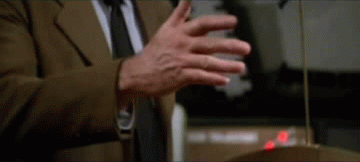
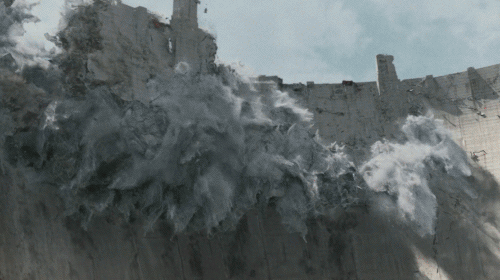


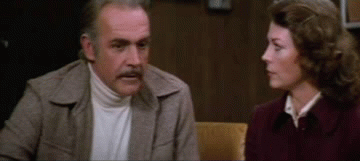
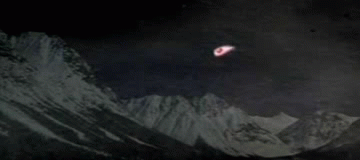

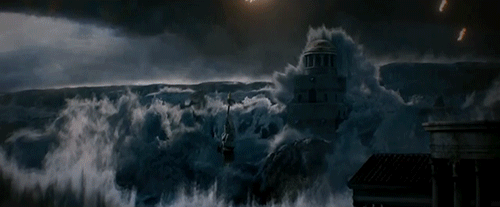

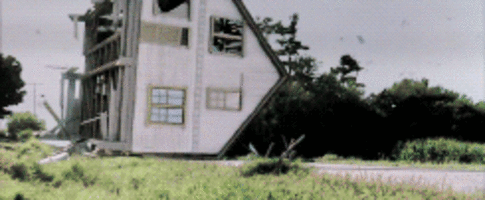
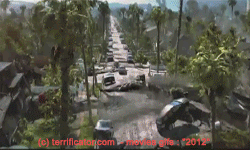
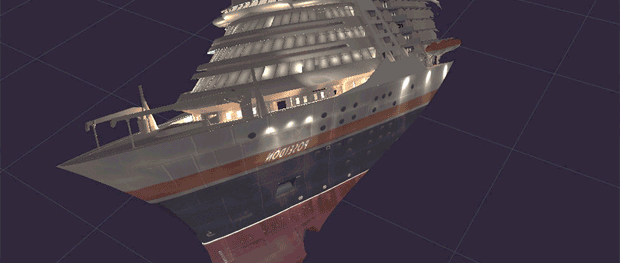

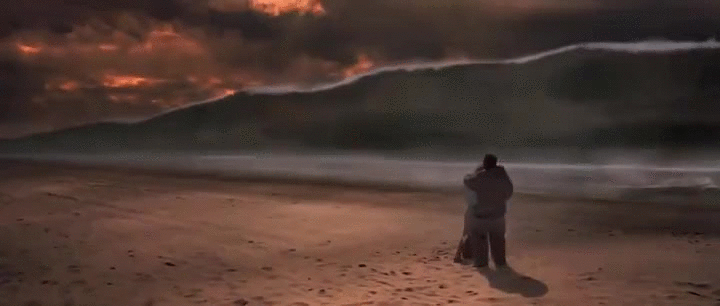

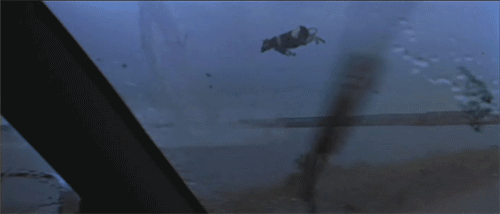
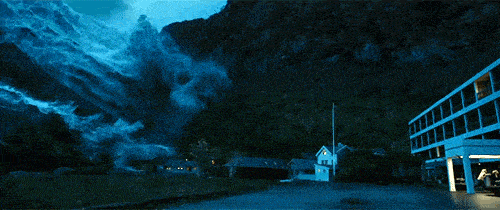
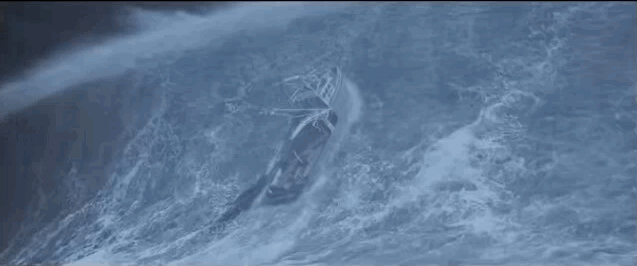

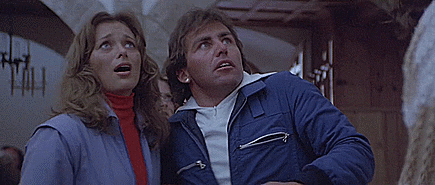
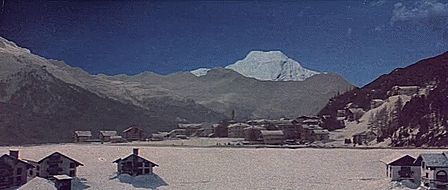






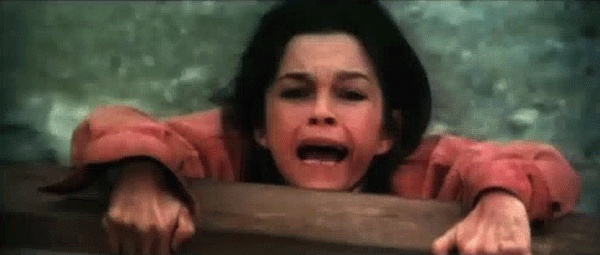
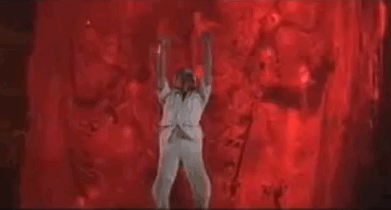



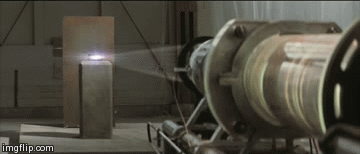


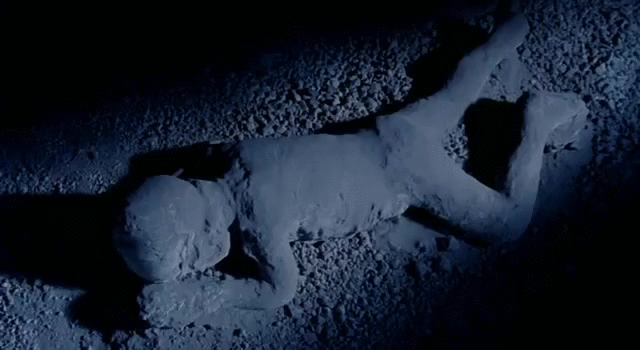
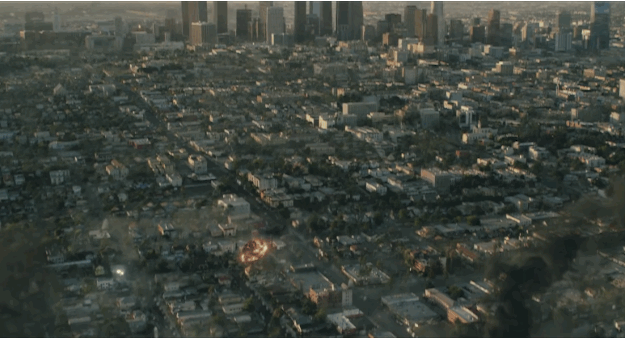

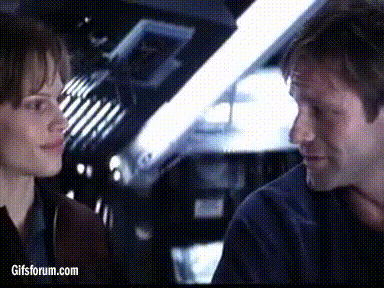
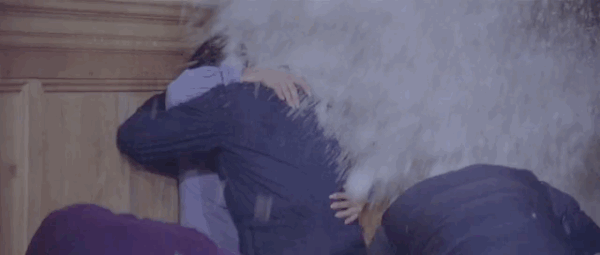
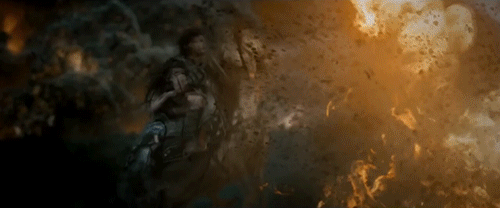
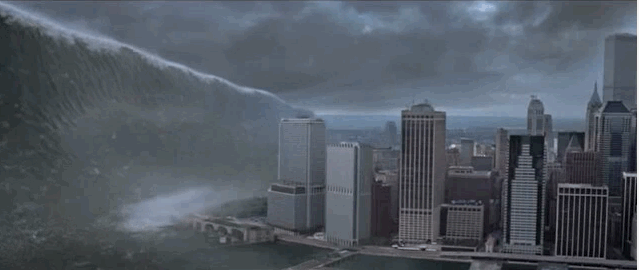

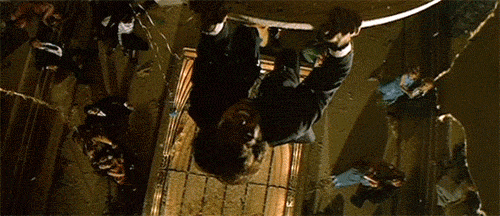
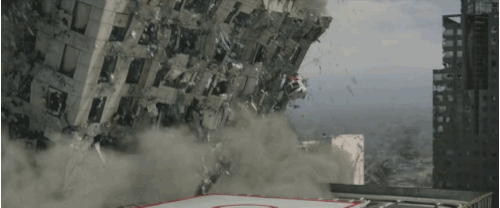
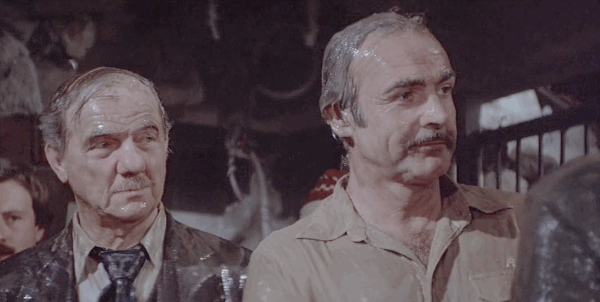
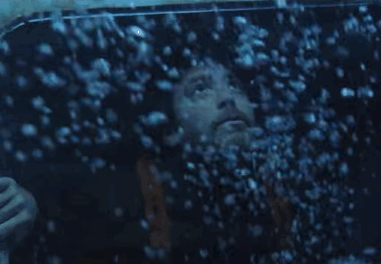
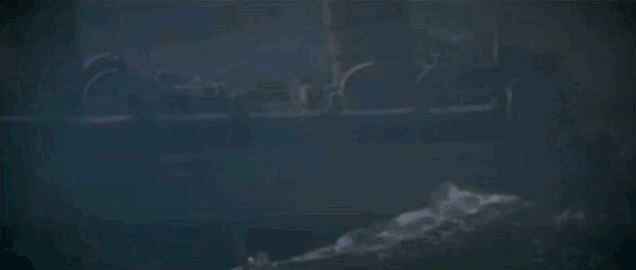
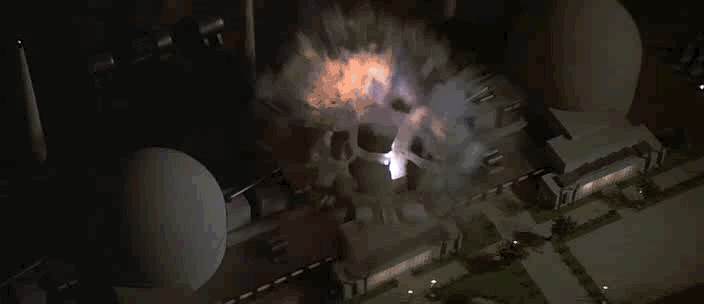

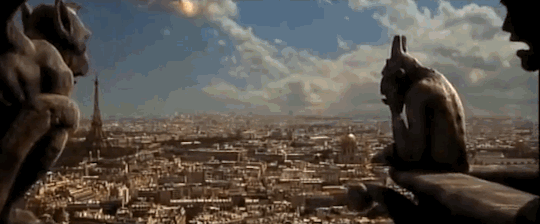
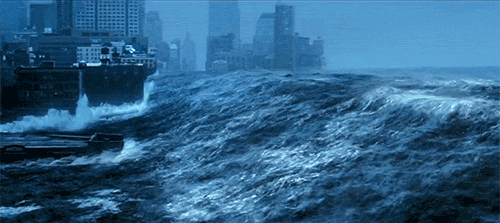
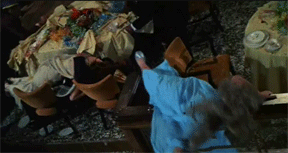
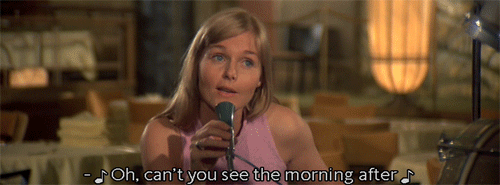

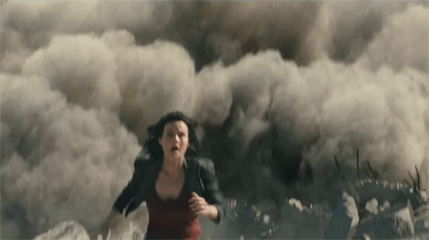
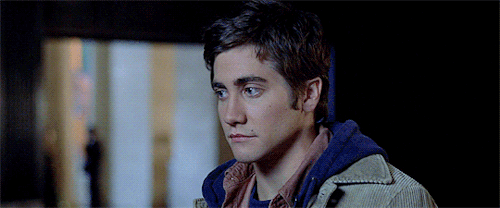
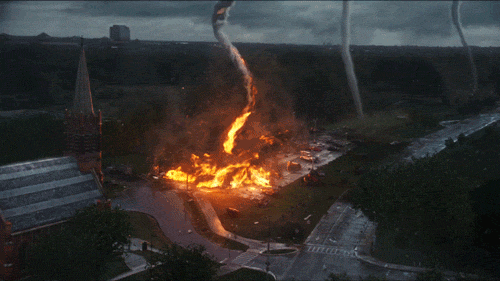
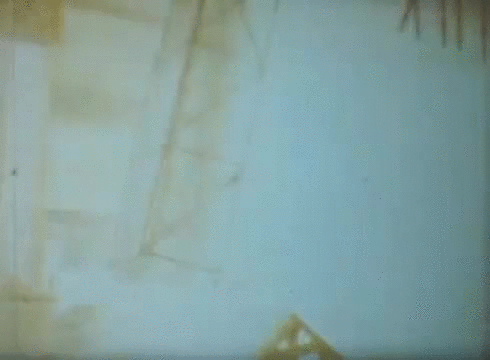
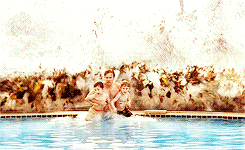


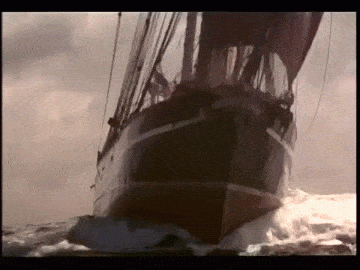
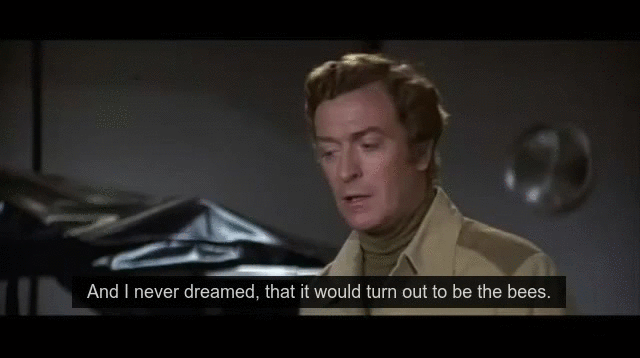
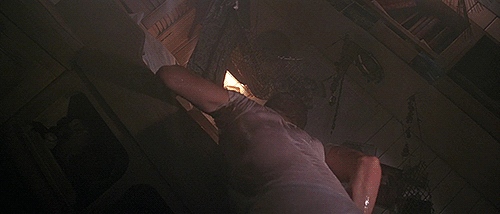

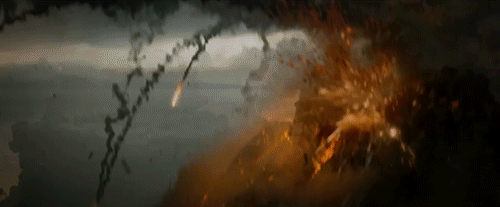
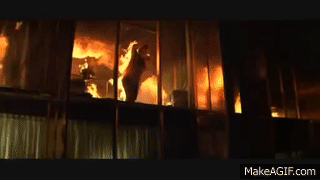
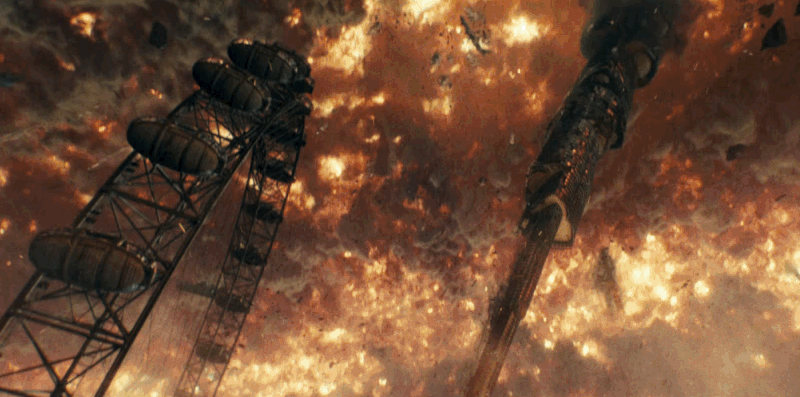
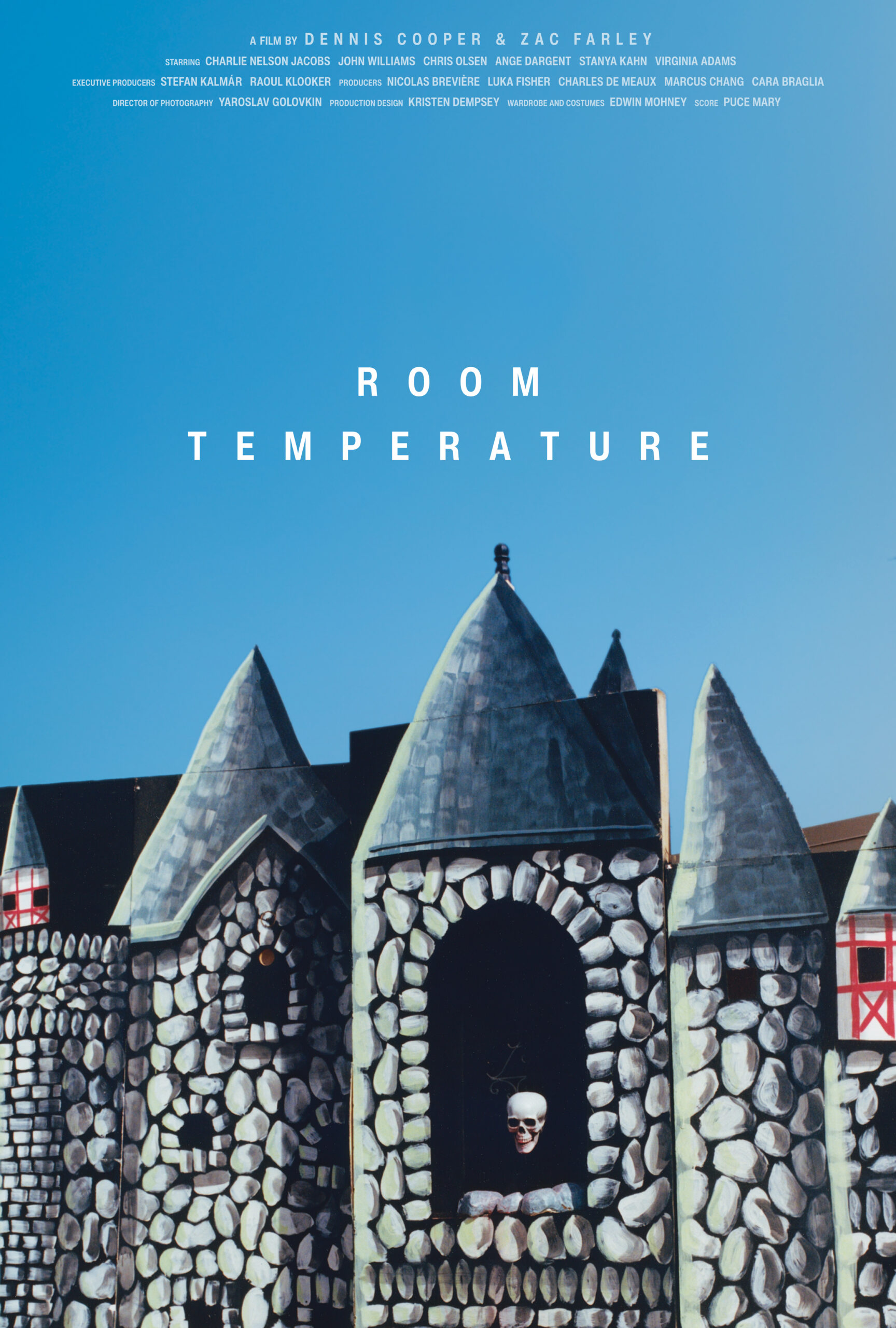



 Now available in North America
Now available in North America 